I trained my network in a dataset. I got the training loss/iterations as follows:
As you see, the loss grow up rapidly at some points as the red arrow. I am using Adam solver with learning rate is 0.001 and momentum as 0.9, weight decay is 0.0005, without dropout. In my network, I used BatchNorm, Pooling, Conv. From the above figure. Could you suggest what is my problem and how to fix it? Thanks all

